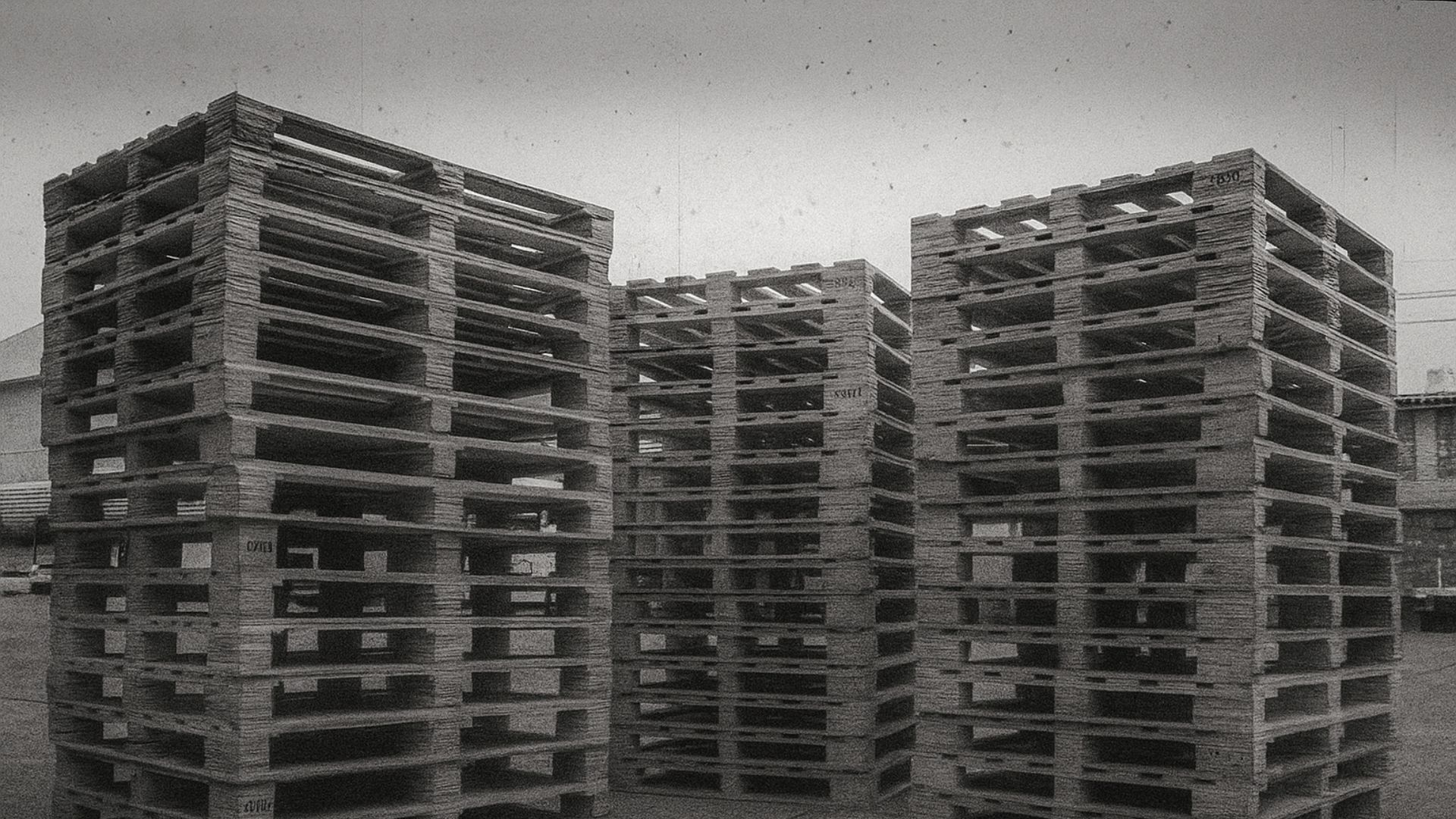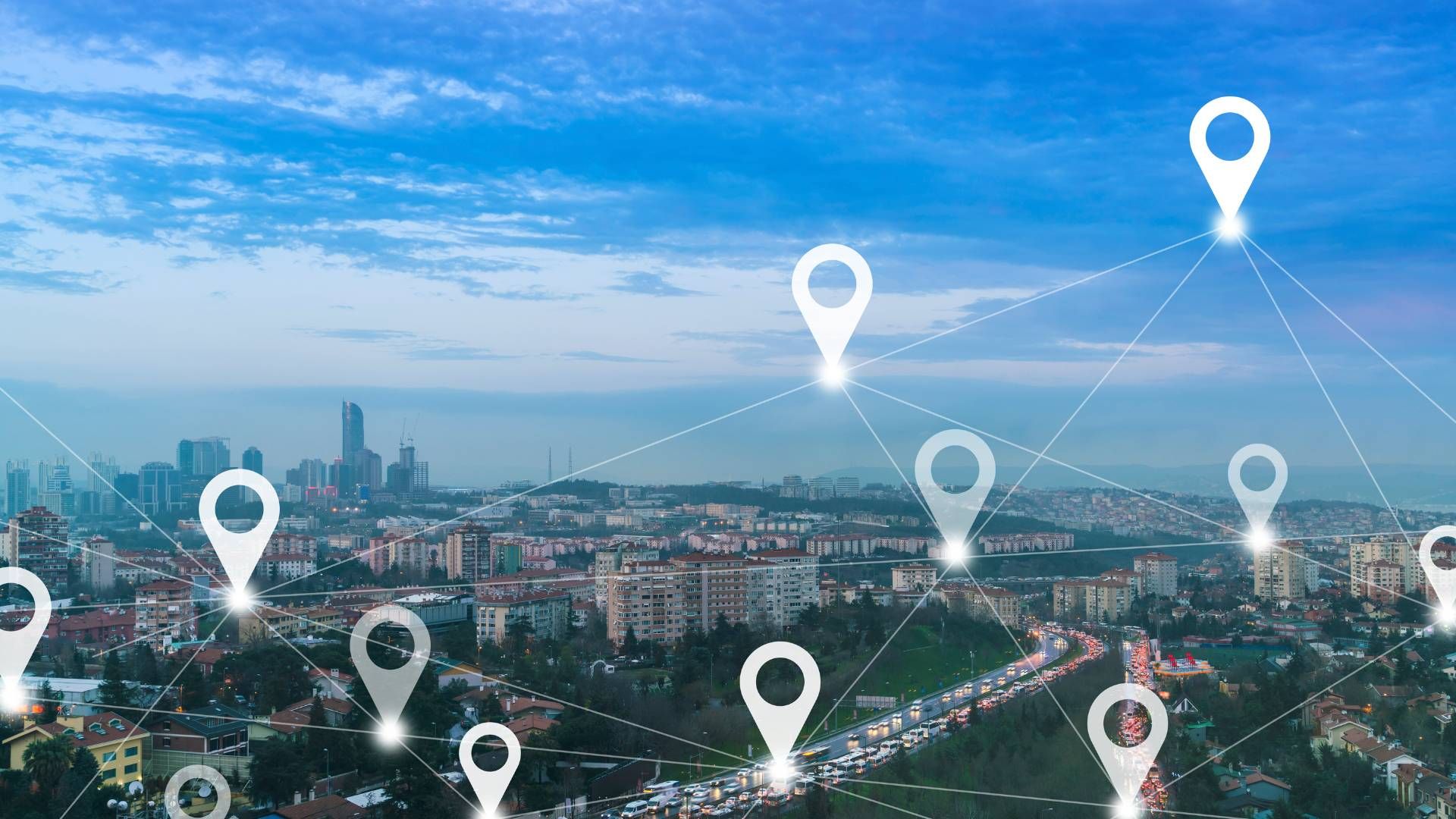RFID Tracking Explained
If you’re taking steps to implement tracking in your supply chain, there are several options you can take. One of the most cost-effective options that offers real, actionable insights is RFID.
What is RFID and how does it work?
RFID (Radio Frequency Identification) uses radio waves to detect sensors placed on objects like plastic pallets, roll cages, crates or more. This means that RFID systems are made up of two components: tags and readers. Tags have a unique identifying code and are attached or built into an asset, and when in range of a reader, the tag will send the unique code via radio frequency.
How long has RFID been around?
Commercial operations, including logistics, have been using RFID technology since the 1970s, but the technology is actually much older. It was in the 1940s that RFID was first utilised when Allied forces invented RFID technology as a way to differentiate Allied planes from Axis powers during World War II.
Now, it’s likely that you’ve used RFID technology today – from employee ID or security access cards, to passports, to car keys, RFID technology is used everywhere across the globe.
What’s the difference between Active and Passive RFID Tags?
Tags in RFID come in two types: Active and Passive. Active tags use an internal battery to consistently send a weaker signal out to nearby readers. Passive tags instead are given power by the tag reader. This means that passive tags can be used indefinitely, whereas active ones are reliant on their battery life.
Battery life for active RFID tags can vary, but some can last as long as five years.
Does RFID track in real time?
RFID technology is reliant on a tag and a reader’s location respective of one another but, depending on the range of the tag, it can be used in conjunction with multiple readers to triangulate the exact location of an asset in real-time.
This does not work with passive tags, which need to be powered by the reader being nearby. This means that even the highest ranges available to passive tags only reach around 12m (~40ft) while for active tags, their ranges can extend up to 100m (~330ft).
This short range means RFID has become a staple in inventory management for warehouses, but for transportation, they are not as useful.
Pros and Cons of RFID
RFID is one amongst many options for your asset tracking and data collection operations and many, including us at Sensize, consider it a good start for your logistics operations.
Pros:
Speed: RFID readers can read hundreds of tags simultaneously, without the need to spend time scanning each tag. This makes them ideal for knowing what is entering and leaving warehouses/facilities.
Automation: As RFID readers don’t need scanning, they don’t actually need any human intervention at all. This allows for more automated processes across your supply chain.
Real-time tracking: When they are near a reader, all assets tracked with RFID give you data in real time so locating assets is much easier.
Durability: RFID tags are designed to be durable and withstand the harshest of environments and weather factors, so they can be a good backup for other tracking systems.
Cons:
High cost: implementing any type of tracking across your supply chain will be a significant investment, but as RFID infrastructure requires the application of tags and the installation of readers alongside the integration with your existing or new systems, it can be costly.
Low range: RFID has one of the lowest ranges of any asset tracking system, so you won’t have a complete picture of your assets when transporting goods .
Security issues: RFID tags can be tracked by anyone with a reader, which means data could be collected on your logistics operations without your knowledge.
Replacing tags: Because active RFID tags are reliant on their battery life, they will need recharging or replacing at certain points, which can be costly in both time and finances.
Tag Collision: Though multiple tags can be read all at once, some RFID tags may end up interfering with each other leading to inaccurate readings.
Is RFID Tracking a good investment?
That question is entirely dependent on where you might be on your asset tracking journey. If you already have great oversight of your operations both in and between your warehouses then you likely don’t need to take the extra steps to invest in RFID.
However, if you are still using barcode tracking or not using any tracking or data collecting across your supply chain, RFID is a great first step to start introducing these processes into your logistics operations.
Implementing RFID across your logistics operations is a critical first step for anyone looking to keep track of their assets through distribution channels.
Check out our
Beyond RFID: the next steps for a streamlined supply chain article.
Share this post by clicking below...









